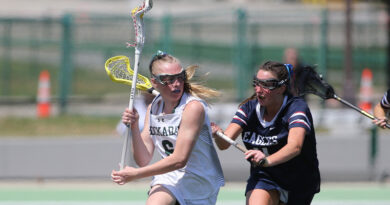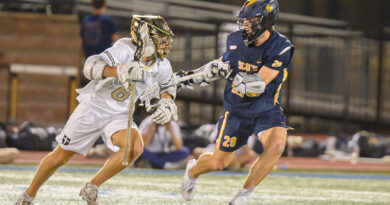Here’s How to Fix Northwest Highway

The Preston Center task force is right to want to make Northwest Highway more like a parkway than the regional thoroughfare it has become.
Nobody — particularly Councilwoman Jennifer Gates — should be distracted from that mission by the inner-loop highway idea being floated recently by Michael Morris, transportation director of the North Central Texas Council of Governments. That is the same inner-loop highway he once wanted to jam through Oak Lawn to East Dallas. If that had been built, we would not have a Turtle Creek or Uptown. Nothing about the idea improves by moving it five miles north to Preston Hollow.
Morris says that the new highway could be tunneled or cantilevered. At $1 billion a mile, neither option is likely. Moreover, neither option can be built now or in the near future. Morris says it cannot be included in NCTCOG’s regional 2040 plan. So why waste time talking about it?
There is a solution that can be implemented now to transform Northwest Highway into the neighborhood Main Street it should be. That solution is to redesign the roadway to reduce the out-of-neighborhood traffic that now uses it.
That solution is easy because it is already happening. In 2014, Northwest Highway carried 48,303 vehicles through Preston Hollow. The historical average has been 56,535. In 2002, TxDOT measured 62,353 vehicles, which may have been its peak.
Contrary to perception, traffic on Northwest Highway is down more than 14 percent in the last 12 years. From its peak, traffic is down 22 percent. To quote Yogi Berra, “Nobody goes there anymore. It’s too crowded.”
The way to reduce traffic even more is to reduce the lanes available for drivers to use. Take Northwest Highway from six lanes to four. Build sidewalks. (Astonishingly, there are no sidewalks.) Create a beautiful median. Put in a bike lane. Make walking along the road pleasant. Make crossing the boulevard easy and safe.
Gates worries that a redesign would send congestion somewhere else or increase traffic on other streets. But traffic is not a constant. A temporary barrier does divert traffic to nearby roads, but a permanent barrier, like the reduction of lanes, alters commuter behavior entirely. And that’s what the task force should want to accomplish.
Congestion is not reduced on a road by inviting more drivers to use it, which is what an inner loop would do. The opposite is true. The more difficult it is for out-of-neighborhood drivers to use, the less they will use it.
The history of the last two decades provides the answer to Northwest Highway congestion. Traffic is going down. We can force it to go down even more. And we can do it now — if we have leaders willing to force the issue rather than dodging it.








